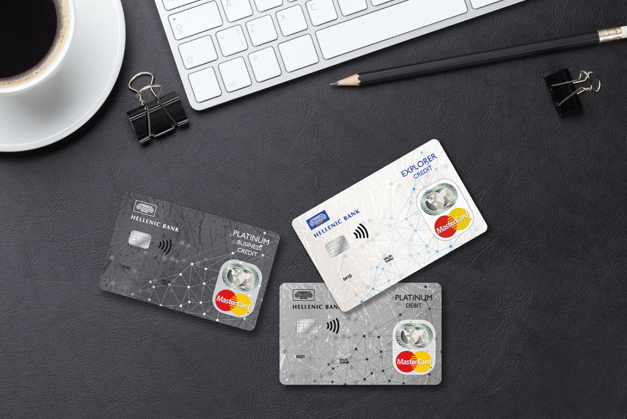Image: “Published – Credit cards – Hellenic Bank” by THEODORA GEORGIADOU is licensed under CC BY-NC-ND 4.0
Alternative payment options and enhanced bill management features are challenging legacy bill pay systems. It’s not hard to see why when you contrast the higher costs, the lack of notification features, and the slower speed with existing stale bill payment methods currently in place. In a recent study done by creditcards.com, they found that by far, the most popular behavior for consumers is to pay their bills with credit and debit cards directly on the biller sites.
With that in mind, banks and credit unions will need to adapt to the new landscape. There are four primary aspects to consider as you look at what needs to change and what benefits your financial institution (FI) will have when you upgrade your bill pay strategy.
- New Payment Options Paid in Real-time
Only 27 percent of online bill payments are made with the bank or credit union bill pay features. So, what’s the preferred method that comprises the huge majority of payment options? Direct to biller payments. Specifically, Card Pay (credit card and debit cards), if accepted by the biller, as well as Primary Checking/Share Draft Account payments. Consumers live and die by those trusty cards in their wallet. Many people use them so often, they have the card number, expiration date, and three-digit security code memorized so they can zip through the payment process when purchasing something online or on the websites of their billers directly. Or they use the “set it and forget it” strategy, by inputting their card information once in the biller’s autopay set-up.
Consumers are not so much loyal to an organization as they are to their go-to card in their wallet. If you can get a consumer to set up a bill payment with their preferred card, you’ll win their loyalty. But this is especially true if you can offer a quick and easy automated payment setup with the card so they only have to enter it once.
These payment options are simply not present in most current bill pay systems.
- Revenue – Unlocking Hidden Revenue (Cross-Sell, Revenue Options)
This has a significant benefit: Interchange revenue that comes with card payments. According to an article by The Economist, consumers and merchants spend over $40 billion a year on interchange fees. When you look at the high demand for using cards to make payments, it’s clear these revenue opportunities will only increase. By introducing a payment platform to your online banking system that enables your customers and members to pay their bills using your issued credit card, you can turn your bill pay feature from an expense to a strategic revenue feature.
There’s also an opportunity to leverage ebill data to cross-sell your products to your customers and members. By introducing a payment platform that presents ebill information to your customers and members, you can directly compare your credit card and loan products, to the ones by other FI’s currently being paid off by your customers. For example, if a customer of yours is paying a high interest rate on one of their credit cards, you can then offer your FI issued credit card to the customer, directly comparing the interest rates of both cards, showing how their interest rate and amount of money paid off over time will significantly decrease by switching to your FI issued credit card.
- Automation and Alerts
Imagine a common scenario of your customer or member, where their phone bill is on autopay on the biller site. The biller increases their bill amount by $25 because the contract is up and the biller has increased the fees. Three months later and $75 later, they decide to check the bill and notice they’ve been paying $25 more on this bill for the past three months but had no clue because the bill has been on autopay. Now imagine a scenario where your FI automatically notified the customer or member as soon as there was an increase in that monthly phone bill, where then the customer or member was able to contact the phone provider and negotiate a new deal/contract. That’s roughly $75 saved just because your customer or member was notified. The latter scenario establishes trust between an FI customer and the FI.
Your platform has the power to leverage ebill data to notify your customers of unusual bill activity, ultimately saving them money and establishing customer loyalty.
- Easy to Use, Intuitive UX Design
Of course, all the card payment options and alert mechanisms in the world won’t help an online/mobile experience that’s clunky to navigate. That’s why banks and credit unions should aim to deliver a User Experience (UX) that is world-class, intuitive, smooth, and mobile-first (which means it’s made primarily with mobile devices in mind). Give your customers and members an easy-to-use and attractive bill pay platform, allowing them to see the ebill data and the actual bill first, before making their payments. The ease of a user experience goes a long way in customer and member loyalty.
Finovera, founded in 2012, set out to end the disjointed experience consumers have when receiving, managing and paying bills in a multitude of locations. Contact us today to learn more about how your bank or credit union can offer its account holders a digital bill management and platform they will love.

